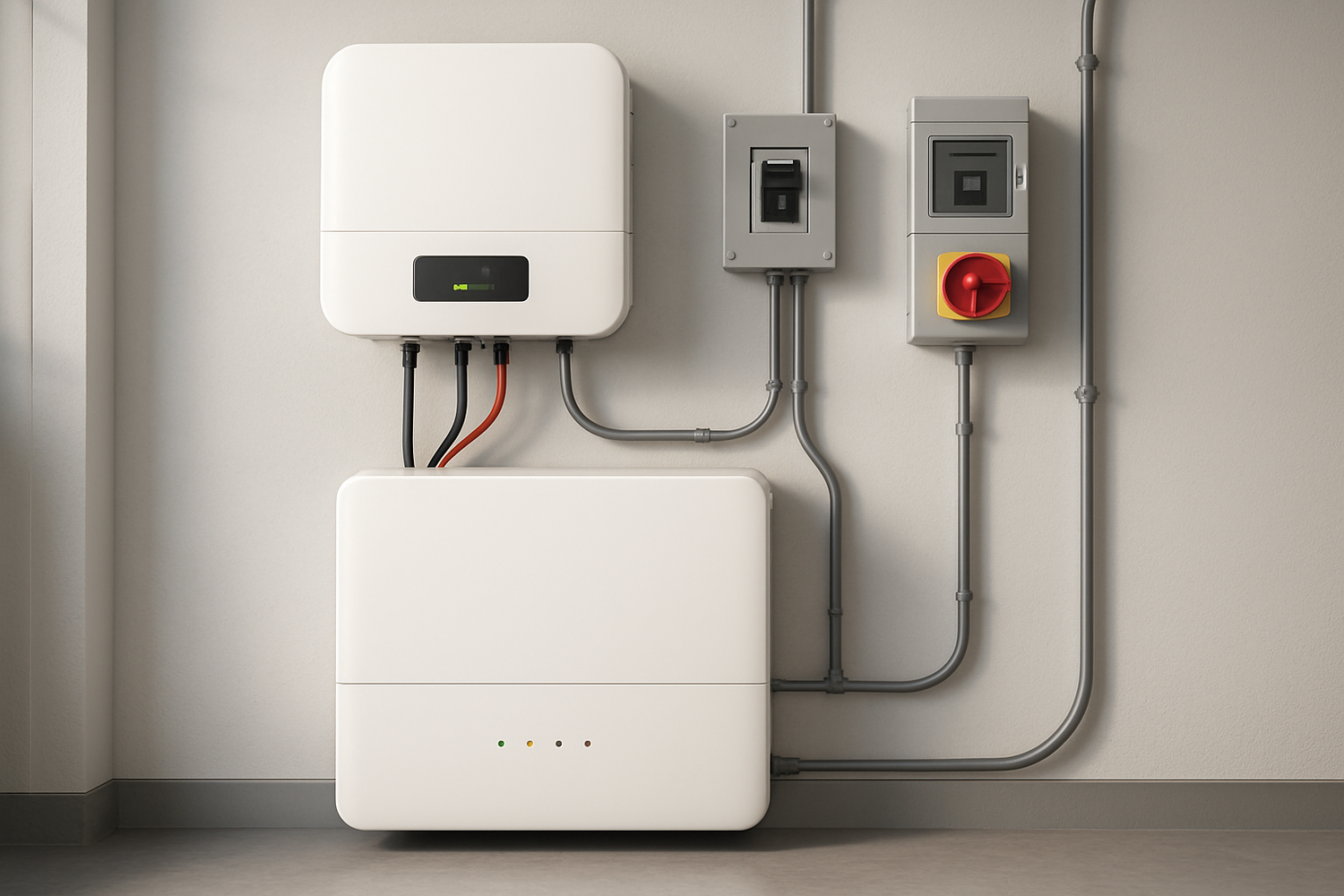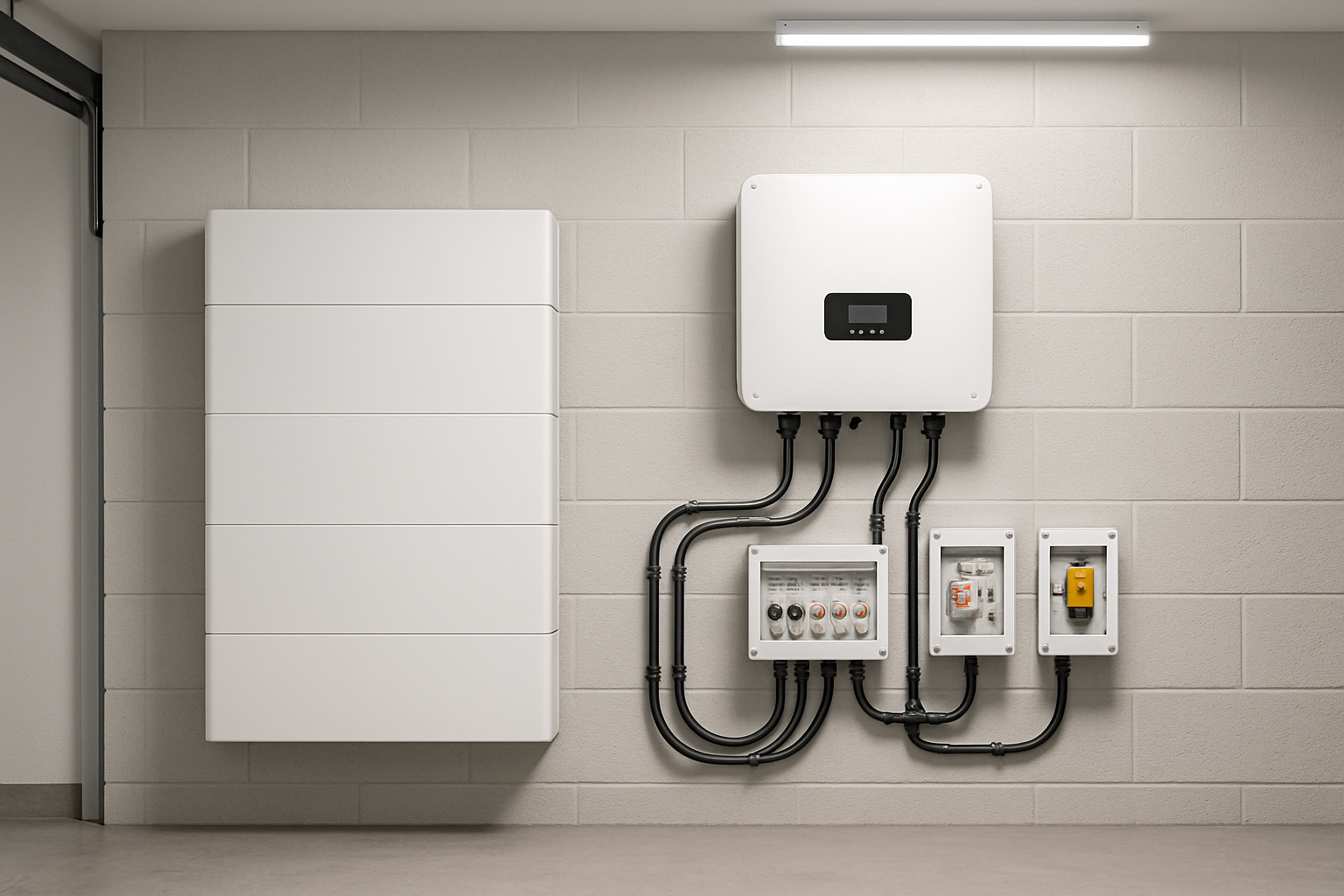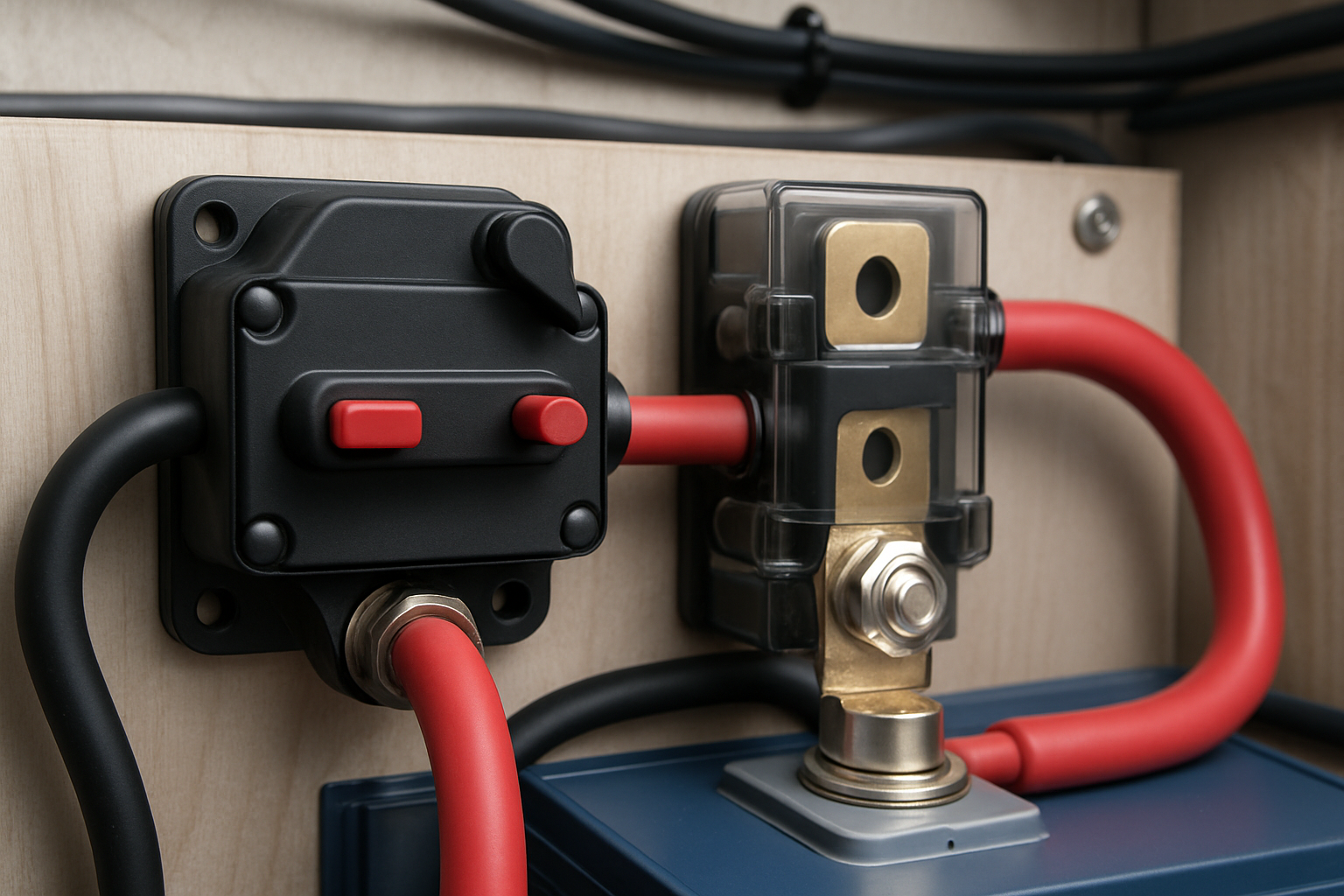Investing in a solar energy storage system is a significant step toward energy independence. Your batteries are the heart of this system, storing the power you generate for when you need it most. But simply having batteries is not enough. Ensuring they are properly protected is fundamental to the safety, longevity, and performance of your entire energy solution. Without adequate safeguards, you risk diminished capacity, a shortened lifespan, and even serious safety hazards.
This guide provides essential information on protecting your solar energy storage batteries. You will learn about the primary threats to your system and the critical components and practices that keep it running safely and efficiently for years to come.
Understanding Key Threats to Your Battery System
Both environmental conditions and electrical issues can compromise the health of your solar batteries. Recognizing these vulnerabilities is the first step in creating a robust protection strategy.
Environmental and Physical Risks
LiFePO4 (Lithium Iron Phosphate) batteries are known for their safety and stability, but they are not indestructible. Extreme temperatures are a primary concern. High heat accelerates battery degradation, while severe cold can temporarily reduce performance and affect charging capabilities. Additionally, physical protection is important. Your batteries should be housed in a secure, dry, and well-ventilated enclosure to shield them from moisture, dust, and accidental impacts.
Common Electrical Hazards
The electrical environment presents several risks. Overcharging can stress battery cells, leading to overheating and a reduction in lifespan. Conversely, over-discharging can cause irreversible damage to the cell chemistry. Short circuits, which create a low-resistance path for electricity, can result in a massive and dangerous surge of current. These events underscore the need for intelligent management and protective hardware to maintain stable operating conditions.
Essential Hardware for a Secure Energy Storage System
A properly designed energy storage system incorporates several layers of protection. These hardware components work together to prevent damage and ensure safe operation. The collection of these protective devices is often referred to as the 'balance of system' (BOS), a concept detailed in publications like the IEA's Solar Energy Perspectives, which highlights their importance alongside inverters and wiring.
The Battery Management System (BMS)
The BMS is the intelligent core of your battery pack. This electronic system continuously monitors the state of each individual cell. Its primary functions include preventing over-voltage during charging and under-voltage during discharging. It also balances the charge across all cells to maintain pack health and provides temperature protection, disconnecting the battery if conditions become unsafe. A high-quality BMS is the single most important safety feature of any modern lithium battery.
Fuses and Circuit Breakers
Fuses and circuit breakers are your system's primary defense against overcurrent and short circuits. They are designed to interrupt the flow of electricity automatically if the current exceeds a safe level. A DC-rated circuit breaker or fuse should be installed between the battery and the inverter, as well as between the charge controller and the battery. Sizing these devices correctly is critical; they must be rated to handle the maximum expected current of your system while being sensitive enough to trip during a fault condition.
Surge Protection Devices (SPDs)
Your solar power system is exposed to the external electrical environment, making it vulnerable to power surges from lightning strikes or grid fluctuations. A Surge Protection Device (SPD) is designed to divert the excess voltage from these events safely to the ground, protecting sensitive electronics like your inverter and BMS from damage.
Proper Wiring and Installation: The Foundation of Safety
Even the best components can be undermined by poor installation practices. Correct wiring is not just about functionality; it is a fundamental aspect of battery safety. As research from the U.S. Department of Energy on improving interconnection for solar and storage highlights, reliable and safe connections are key to resilient energy systems. The BATRIES project, for example, worked to identify and resolve barriers to connecting energy storage to the grid safely.
Choosing the Correct Wire Gauge
The thickness, or gauge, of your wires is crucial. Wires that are too thin for the current they carry will generate excess heat, creating a fire hazard and wasting energy. You must select a wire gauge (AWG) appropriate for your system's amperage and the length of the wire run. The table below provides a general reference for copper wire.
| Amperage (Up to) | Recommended AWG (for runs under 10 feet) |
|---|---|
| 30A | 10 AWG |
| 60A | 6 AWG |
| 100A | 4 AWG |
| 150A | 1/0 AWG |
| 200A | 2/0 AWG |
Disclaimer: This table is for general guidance only. Always consult the National Electrical Code (NEC) and your component manuals for precise sizing requirements.
The Importance of Secure Connections
Loose electrical connections are a common source of problems. They can cause arcing, which is a significant fire risk, and create resistance that leads to voltage drops and heat buildup. Ensure all terminal connections are tightened to the manufacturer's specified torque using a torque wrench. Using high-quality, properly crimped lugs will also ensure a solid, reliable connection.
Monitoring and Maintenance for Long-Term Health
Protecting your batteries is an ongoing process. Regular monitoring and maintenance ensure your system continues to operate at its best. As noted by IRENA in its Renewable Power Generation Costs in 2024 report, the full benefit of a battery depends on how it is operated, and proper monitoring is key to optimizing that operation.
Leveraging System Monitoring
Most modern solar inverters and energy storage systems offer monitoring platforms, often accessible via a smartphone app or web portal. Use these tools to keep an eye on your battery's State of Charge (SoC), voltage, and temperature. A well-protected battery is a high-performing battery, and understanding its operational data is crucial. For a deeper look into key metrics, you can review this ultimate reference on solar storage performance.
A Simple Maintenance Checklist
Periodically performing a few simple checks can prevent major issues down the road. Every few months, conduct a visual inspection of your system. Look for any signs of corrosion on terminals, check for frayed or damaged wiring, and ensure all connections remain tight. Also, confirm that any ventilation openings for your battery enclosure are clear of obstructions to ensure proper airflow.
A Proactive Stance on System Protection
Protecting your solar energy storage batteries is not an area for compromise. It is an essential investment that safeguards your family, your property, and your financial commitment to renewable energy. By understanding the risks and implementing robust protective measures—from the internal BMS to external circuit breakers and proper wiring—you ensure your system delivers reliable, clean power for its entire operational life. A well-protected system is the cornerstone of true energy independence.
Frequently Asked Questions (FAQ)
What is the most critical protection device for a solar battery?
A high-quality Battery Management System (BMS) is arguably the most critical. It actively monitors and protects the battery cells from overcharging, over-discharging, and temperature extremes, which are the most common causes of damage and failure in LiFePO4 batteries.
How often should I inspect my battery system?
A visual inspection every 3-6 months is a good practice. Check for any signs of damage, corrosion on terminals, and ensure all connections are tight. A more thorough professional check-up is recommended annually.
Can I use any circuit breaker for my solar battery bank?
No, you must use a DC-rated circuit breaker that is appropriately sized for your system's voltage and maximum current. Using an AC breaker in a DC system is a significant safety hazard as it may not extinguish the electrical arc created when tripping under DC load.





Leave a comment
All comments are moderated before being published.
This site is protected by hCaptcha and the hCaptcha Privacy Policy and Terms of Service apply.